Alaska Black Cod Marinated with Acacia Honey
For more information on ASMI’s campaigns to promote Alaskan seafood, please contact the Southern Europe office, located in Barcelona, Spain, to request media information or artwork.
Alaska Seafood Marketing Institute Regional Representative
C/ Borrell 7 – Local 19 08190 St. Cugat del Vallès (Barcelona) Spain
Tel:+34 93 589 8547<br /> Fax:+34 93 589 7051
E-mail: [email protected]<br /> Web: www.alaskaseafood.org
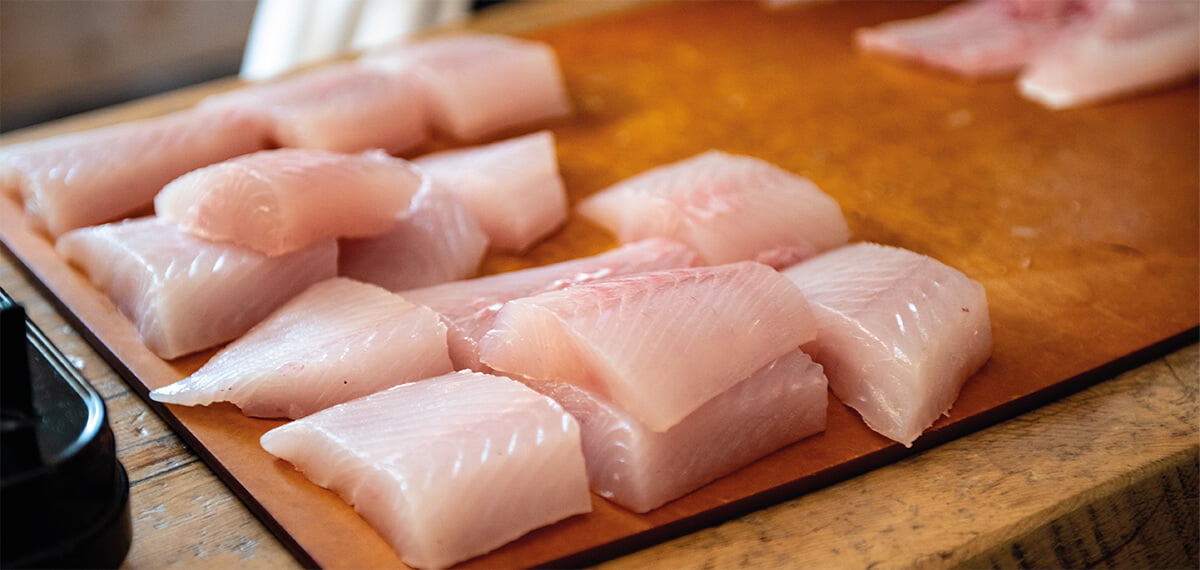
The cold clean waters off Alaska support huge stocks of whitefish, many of which are in high demand in seafood markets worldwide. The term “whitefish” is synonymous with “groundfish” or “bottom fish” and refers to several species of white-fleshed fishes that live on or near the bottom of the ocean. The scientific term for this lifestyle is “demersal”, which distinguishes them from fishes that swim throughout the water column, called “pelagic”.
While there are dozens of species of whitefish, this Buyer’s Guide produced by the Alaska Seafood Marketing Institute, deals with the nine species of greatest interest to the seafood trade. All nine of these Alaska whitefish species are sustainably harvested from the Bering Sea and Gulf of Alaska. Here are some important statistics about Alaska:
• Alaska has 76,100 kilometers of coastline, more than the sum of the other 49 states in the United States.
• Alaska’s 2 million square kilometers of continental shelf account for 70% of the total United States.
• The 200-nautical-mile Exclusive Economic Zone off the coast of Alaska accounts for 28% of the total for the United States.
• More than half of all fishery production in US waters comes from Alaska.
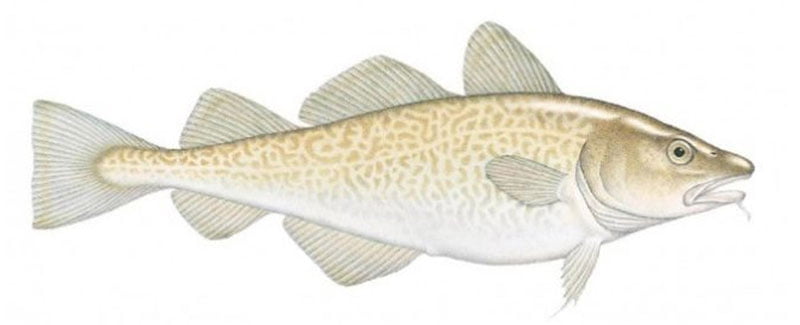
Pacific cod are also a member of the family Gadidae and are related to both Alaska pollock and Atlantic cod.
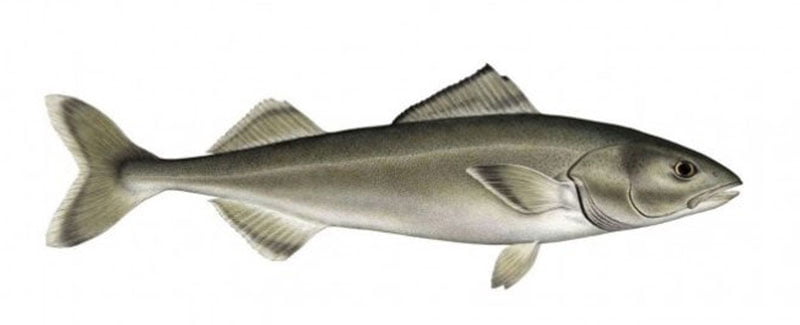
Although the so-called black cod- also known as sablefish or gindara in Japanese- does not belong to the cod family, it lives in deep waters, generally below 200 m.
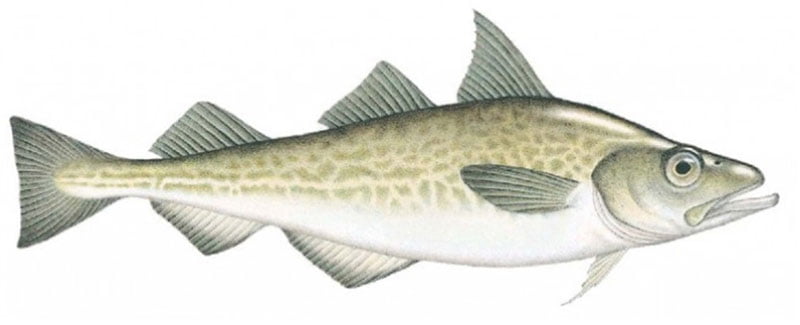
The Alaska Pollock are the most abundant fish species in the Bering Sea, comprising 60% of the total biomass. They are members of the family Gadidae, which includes both Pacific cod and Atlantic cod.
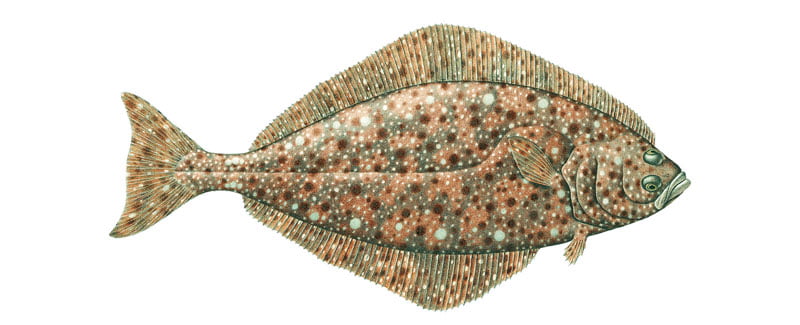
Pacific Halibut are related to Atlantic halibut, and some scientists consider them to be the same species.
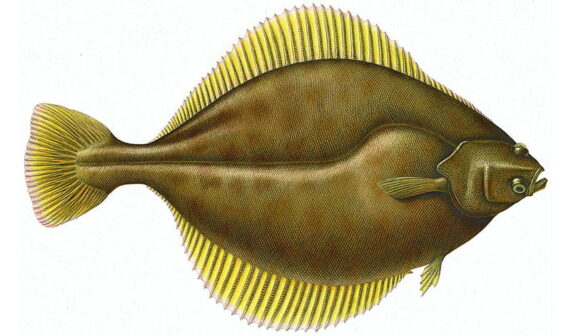
Yellowfin sole sole are much smaller than halibut, reaching a length around 50cm. They live on the seafloor where the adults feed on bivalve mollusks, crustaceans, and other invertebrates.
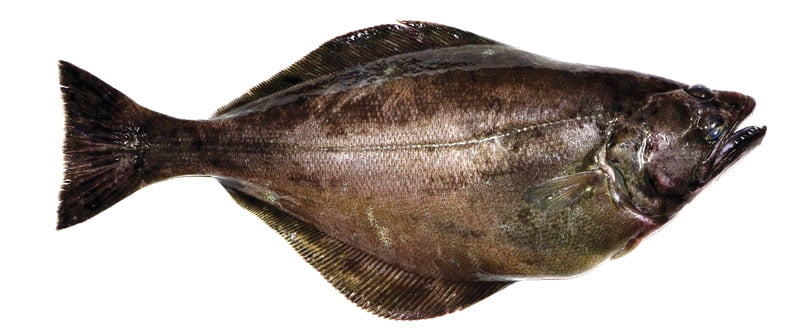
Fish known as ``deep-sea flatfish`` include Pacific plaice (Microstomus pacificus), Pacific plaice (Glyptocephalus zachirus), Pacific flounder (Lepidopsetta bilineata), Arrowtooth flounder (Atheresthes stomias) and the Japanese flounder (Hippoglossoides elassodon), as well as other less abundant species.

The term ``rockfish`` encompasses several related species of Alaskan whitefish that live near the seabed, though not on the bottom itself. The best-known species is the Pacific Perch (Sebastes alutus), but there are many other species of rockfish: northern (S. polyspinis), dusky (S. ciliatus), canary (S. pinniger), widow (S. entomelas), shortraker (S. borealis), rougheye (S. aleutianus), thornyhead (S. altivelis), among others.
